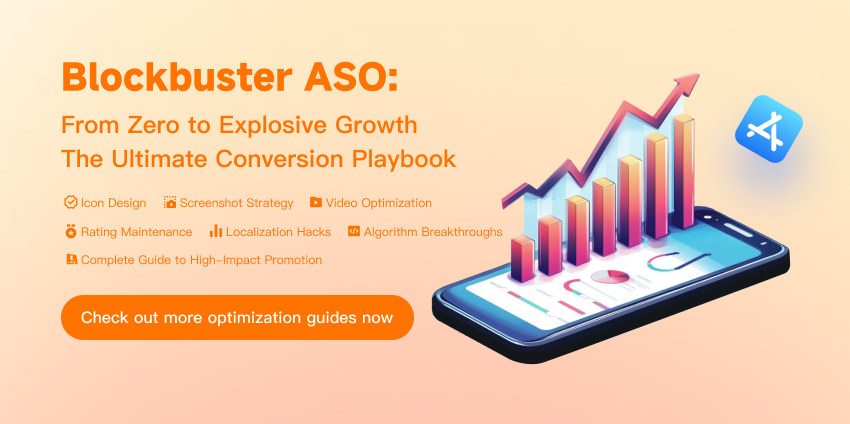
Loading...
Free consultation with ASO specialists
Doing ASO for the first time or have no idea how to carry out targeted optimization of your app?
We offer one-on-one customized services provided by app marketing specialists
In-app bidding
What is In-App Bidding
In-app bidding is a real-time bidding system that allows multiple ad demanders (such as ad networks, ad exchanges, etc.) to bid simultaneously in real time for ad display positions within an app. When a user opens the app and triggers an ad display request, the app sends this request to multiple ad demanders, who will then bid on the ad display opportunity based on their own algorithms and targets in a very short period of time. Afterwards, the app will choose the ad with the highest bid and that meets certain requirements for display. This bidding mechanism ensures that the ad display opportunity can be sold at the highest price, thereby increasing the ad revenue of app developers.
The Importance of In-App Bidding
-
Maximize advertising revenue efficiency
The traditional waterfall model fills ads in a preset hierarchy, which can easily cause potential revenue loss due to layering premium. Bidding, on the other hand, matches ad spaces directly with the highest bidder through real-time competition, significantly improving eCPM (revenue per thousand impressions). Data shows that the bidding model can increase developers' revenue by 20%-50%, especially for mid-to-long-tail traffic - the real-time bidding demand of top advertisers can give higher value to non-premium time/scene traffic.
-
Optimize ad fill rate and display efficiency
Bidding supports simultaneous access to multiple advertising sources, avoiding traffic vacancies caused by the order of levels in the waterfall. For example, when a certain advertising source has no suitable advertisement, other sources can immediately fill the vacancy, reducing "blank displays", especially in complex scenarios (such as cross-regional, fragmented user labels), multi-source bidding can cover a wider range of advertiser needs.
-
Simplify monetization and operational costs
Waterfall requires manual configuration of multi-level priority and bottom price strategy, which is complex to operate and easily affected by human decision-making bias. Bidding matches the optimal ads through algorithm automation, greatly reducing the operation threshold. Developers do not need to frequently adjust the hierarchical structure, and can focus on user experience and product iteration.
-
Improve user experience and ad relevance
Bidding relies on real-time data to match more accurate advertising content (such as dynamic bidding based on user behavior and geographical location), reducing ineffective display. For example, in game applications, high-value users may trigger high-priced in-app purchase ads, while ordinary users will display brand ads with higher cost performance. While ensuring revenue, it reduces user aversion and indirectly improves retention rate.
In-app bidding reconstructs the logic of advertising monetization through "real-time competition + intelligent matching", which not only solves the efficiency bottleneck of traditional models, but also achieves a balance between revenue, experience and operating costs through data-driven approach. It has become the core infrastructure for modern application commercialization, especially suitable for medium and large applications with diversified traffic and pursuit of refined operation.
Related terms
